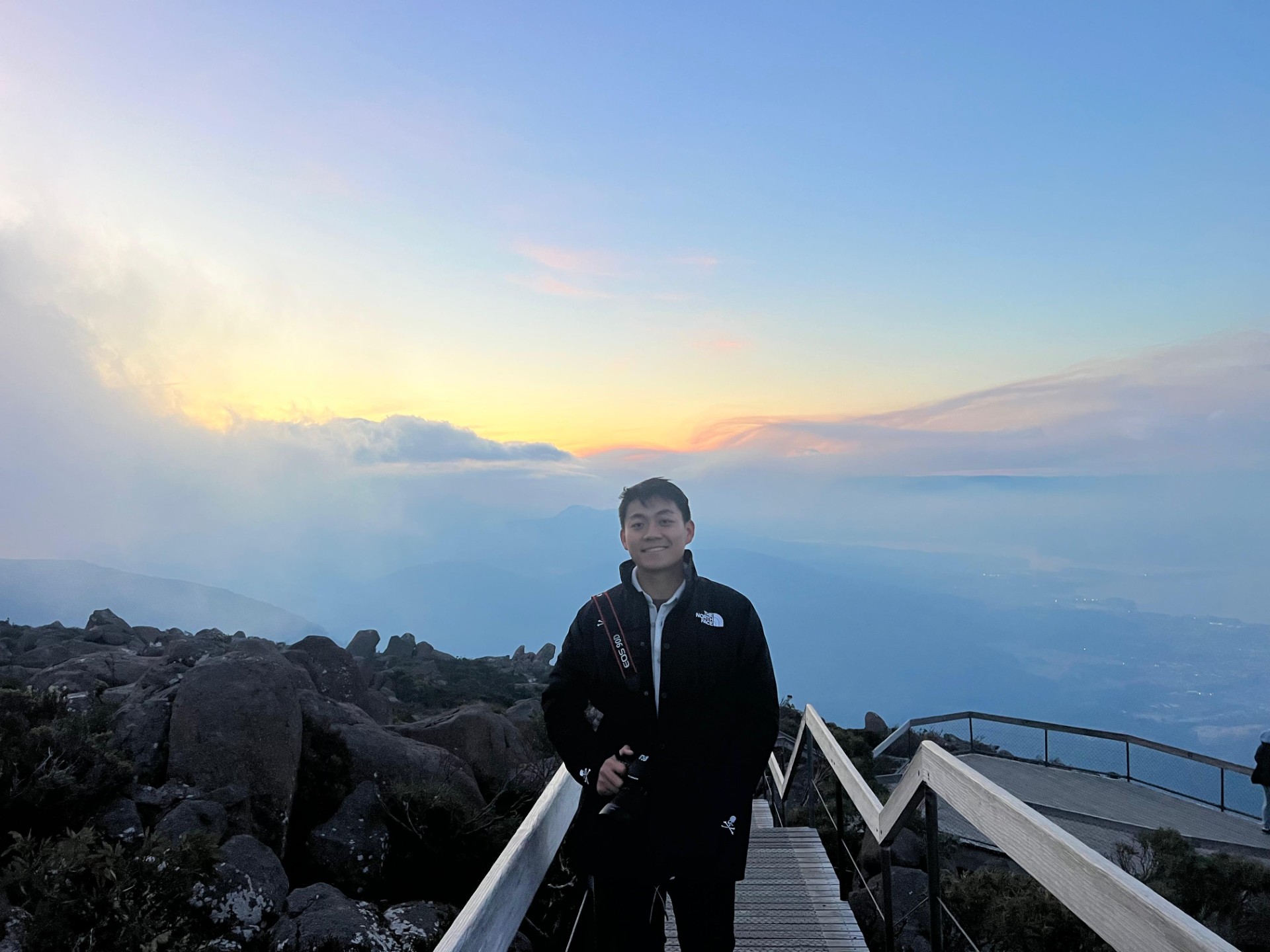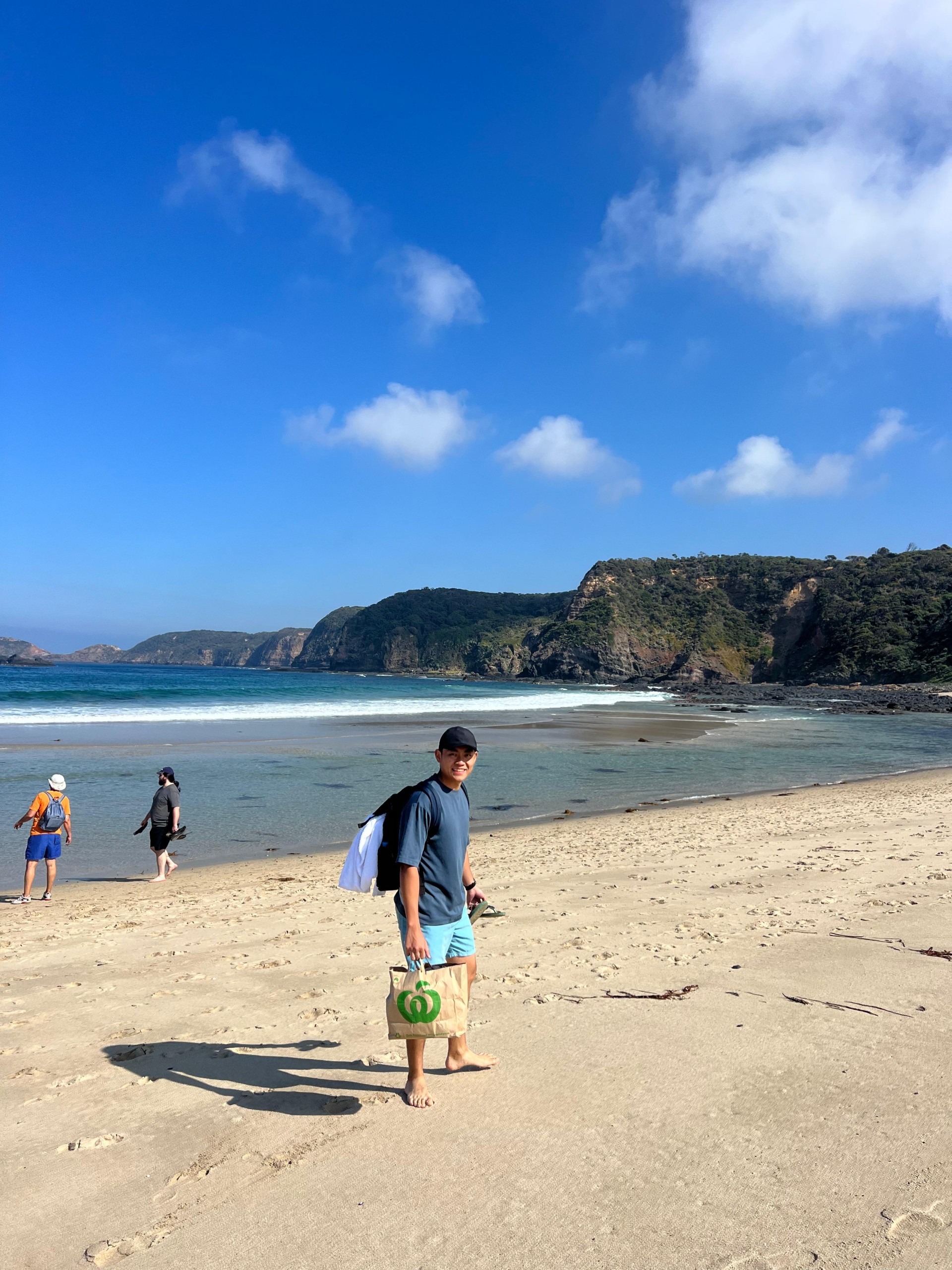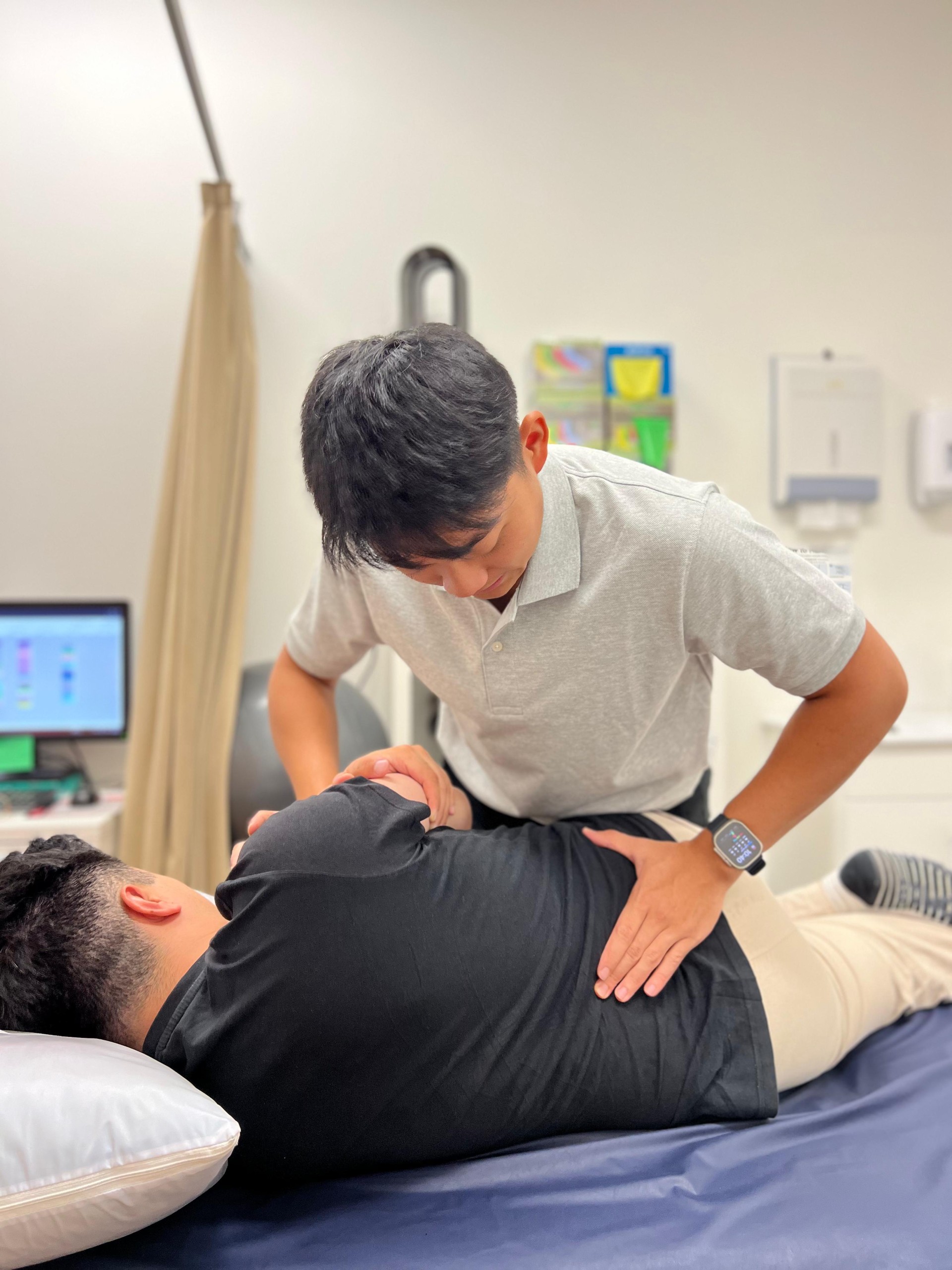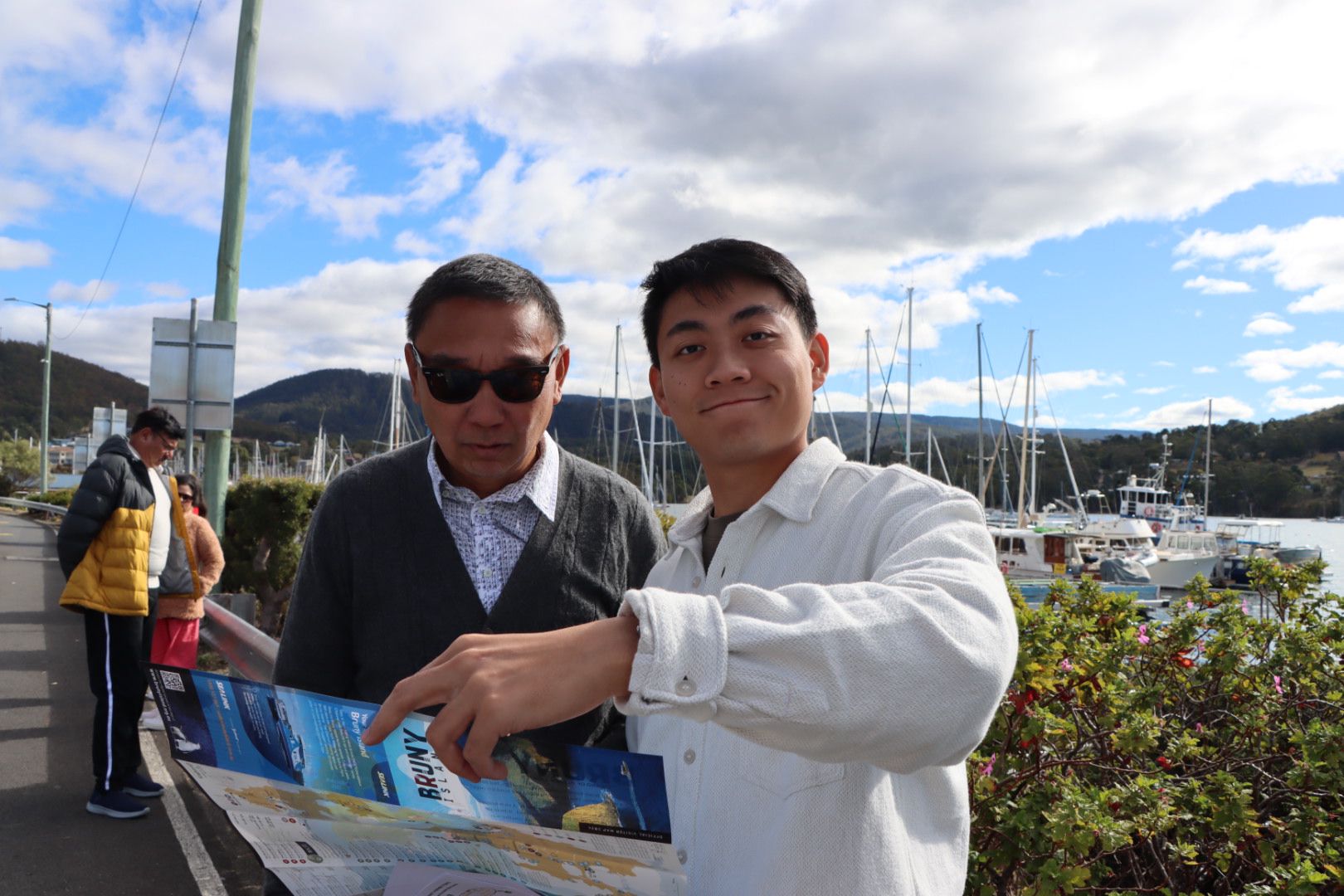What’s it like, trying to cement your name in an industry that’s not being taken seriously? To prove that you’re truly standing on business despite what the media throws on the ground?
When Chanathon Charas Virojna — 27, from Penang, a childhood gamer — first took a liking to chiropractic science in Year 12 of high school, the stakes weren’t as high. The industry had been present in Malaysia since the 1920s, but it wasn’t until the 2010s that it really started to take off. The first degree programme was established at International Medical University (IMU) in Bukit Jalil, and by 2014, the number of qualified practitioners had increased by 50%.
“I discovered chiropractic from a bunch of friends, and even parents talked about it — it was a booming thing in Malaysia back then,” says Virojna. “I really enjoyed that, like physio, you do have a lot of hands-on [work], but instead of rehabilitating in the hospital, you spend time outside of it, which I preferred.”
So why did its reputation take a turn for the worse?
For starters, it’s widely viewed as a pseudoscience, drawing speculations as if it were astrology or aromatherapy. There are multiple reasons for this, from people thinking the job is as simple as cracking your back in place to the fact that practitioners aren’t required to spend 10 years of their life on a Doctor of Medicine.
Then, there’s social media.
Virojna finds it rewarding to be able to help people heal. Source: Chanathon Charas Virojna
In 2020, the coronavirus pandemic spurred a new era of low back pain (LBP), with 619 million people worldwide affected by the phenomenon. As a result, chiropractors gained traction, but not exactly for the right reasons. Despite lacking scientific evidence, many individuals with a social media presence began to claim that chiropractic care could cure COVID-19, thereby spreading misinformation.
As if that’s not enough, chiropractic influencers would resort to filming “sensationalised content,” or in other words, sexualised videos featuring half-naked models making sounds that would require parental guidance.
One Reddit user even asked a practitioner: “Do you try to treat hot chicks to drive up views?”
For the record, there’s so much more to chiropractic care than 30-second loops on TikTok. First off, it’s not a pseudoscience. Peer-reviewed journals back it up as an effective treatment for LBP, neck pain, headaches, and more. Chiropractors are required to attain a degree, and their profession is a regulated healthcare field that’s evidence-based — imperfect, but evolving.
“We have so much we were taught in Macquarie University,” says Virojna. “We are taught the same units as physiotherapy throughout the whole bachelor’s degree. That means we got all the base knowledge.”
Rather than forming an opinion based on the authority of social media, why not hear from an actual chiropractor? Someone truly passionate about helping people?

Virojna decided to stay in Australia after graduating to gain experience. Source: Chanathon Charas Virojna
Virojna’s shaky, uncertain beginnings in chiropractic science
After staining its reputation, chiropractic science is losing institutional support. In Australia — where Virojna studied and is now living — only four universities offer programmes, including Macquarie University, his alma mater. The Friends of Science in Medicine (FSM) Association has heavily campaigned against the industry in the past, and the ban on spinal manipulation for infants was reinstated by the Chiropractic Board of Australia, as demanded by health ministers.
“The medical board doesn’t trust us because they think we’re just whack jobs,” he says. “I don’t blame them, because we are seen like that. Chiropractic has been presented this way for a long time. But the more we promote ourselves like this, the more it feeds into that cycle. Trying to break that cycle is hard.”
Despite that, after graduating with his bachelor’s and master’s at Macquarie, Virojna decided to stay in Australia anyway. He has got a rough vision of where he wants to be further out in his career, which looks like returning home to Malaysia with groundbreaking expertise — but of course, he needs experience. He interned at Marquarie’s Chiropractic Clinic as a student, then moved onto his first post-grad job at a practice in a suburb of Sydney.

Virojna’s considering opening a practice in Malaysia, but that’s a goal for a distant future. For now, the job’s to learn. Source: Chanathon Charas Virojna
“It was a very humble beginning, being a graduate, thinking, ‘Oh it was going to be so great,’” says Virojna. “The first two years were so bad. There was no support, and you had no mentorship. You don’t even know what you’re doing. You barely make any living…the dropout rate is crazy.”
Still, the trials weren’t enough to break his spirit, even if it took too many cups of coffee. It wasn’t until Virojna found a job at a different clinic hosting a proper mentorship programme that he received guidance on crawling his way out of the pit. That perseverance; it felt rewarding.
“It’s satisfying to be able to provide relief or allow people to feel better after each consultation,” he says. “It’s like a drug, in a good way. My goal is to be able to gain as much experience as I can in the years that I have to learn, which is probably the first 10 years of my career, to be able to set myself up in the right way.”
The biggest lesson Virojna has learned over the years is managing expectations. He’s a chiropractor, not a magician. He’s trained to treat and prevent biomechanical disorders, not hand out miracles.
“Everyone wants to hear good news, but sometimes, we can’t be the bearer of good news,” he says. “We have to be realistic, and we have to draw a fine line between reassuring and kind of lying.”

Whether it was due to passion or not wanting to return to university, he’d make this career work. Source: Chanathon Charas Virojna
Finding steady ground
This year, Virojna co-founded a new practice. It’s called Wally’s Health, and offers chiropractic and physiotherapy services in the city — a pursuit he balances with a part-time job at a different clinic. He’s tracing his steps back to those humble beginnings, renting a single room in a medical centre. Still, the upside is that he’s working to collaborate with general practitioners and others in the same space.
“My other company was trying to offload, so my mate and I found it to be the perfect gap for us to start something in a safe net environment, where they already had a reputation with the general practitioners,” he says. The name “Wally’s” was inspired by a street in Macquarie, with its upbeat vibe resonating with Virojna and his business partner, who both felt it reflected the good they were trying hard to achieve.
It had always been Virojna’s goal to start something on his own; he was simply waiting for the right opportunity to break away and take the challenge. Years of struggle had enabled him to develop his skills as a clinician. Though he’s 99% convinced he might fail, he’s still got that 1% of hope pushing him forward.
It’s been just over four months since he opened his practice, and progress has been smooth. By now, Virojna’s a permanent resident in Australia, which has made setting up his business easier, especially since he earned his degree from a local university. There were numerous hidden red tape fees, but working with general practitioners has gradually allowed them to build up their clientele through word of mouth.
“I thought to myself, I’m definitely going to make this work because I don’t want to go back to studying. I don’t want to go back to university,” he says. “I had that confidence in me, that I knew I was going to make it work. It’s just a matter of when and how, but I was going to find a way.”
